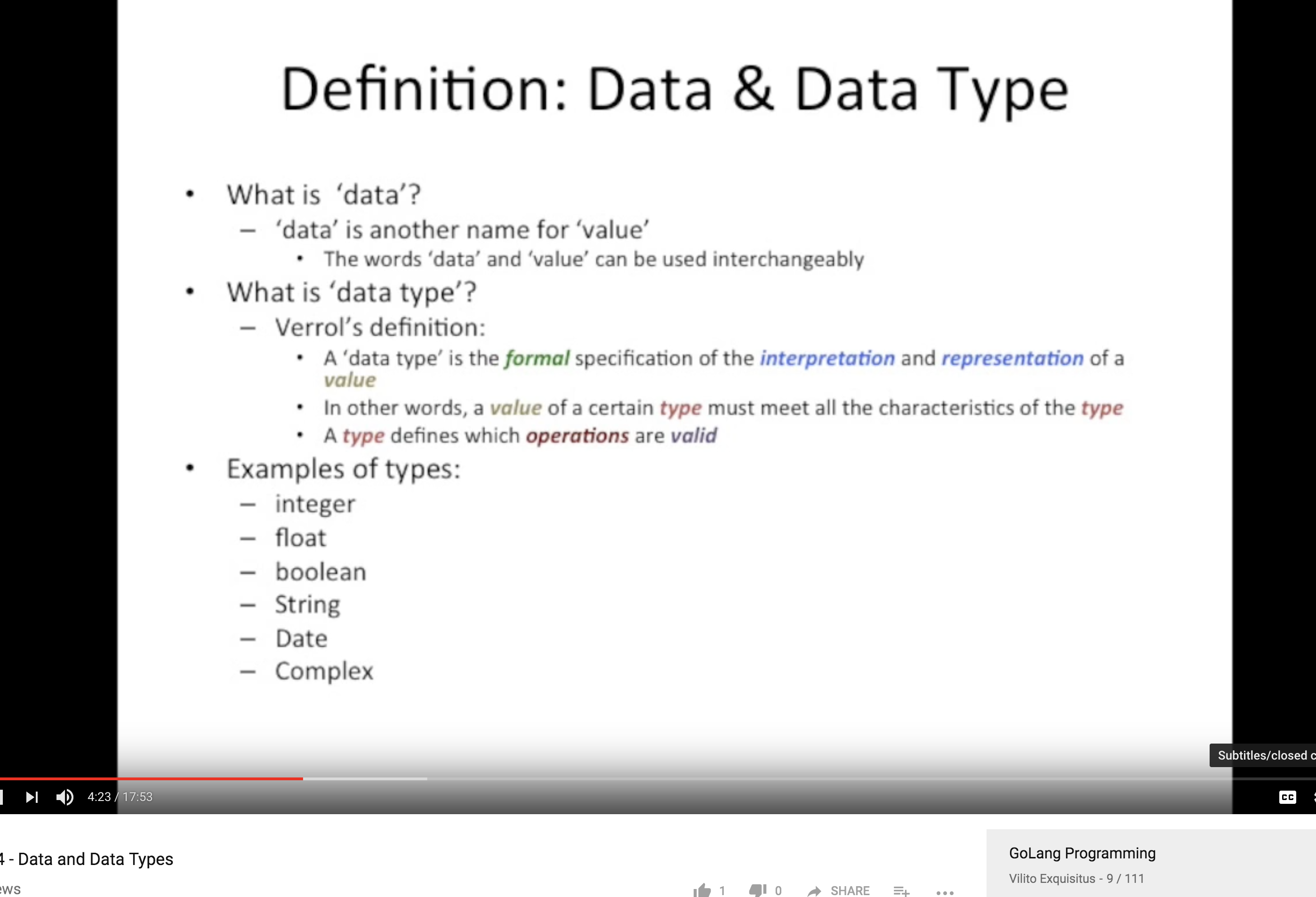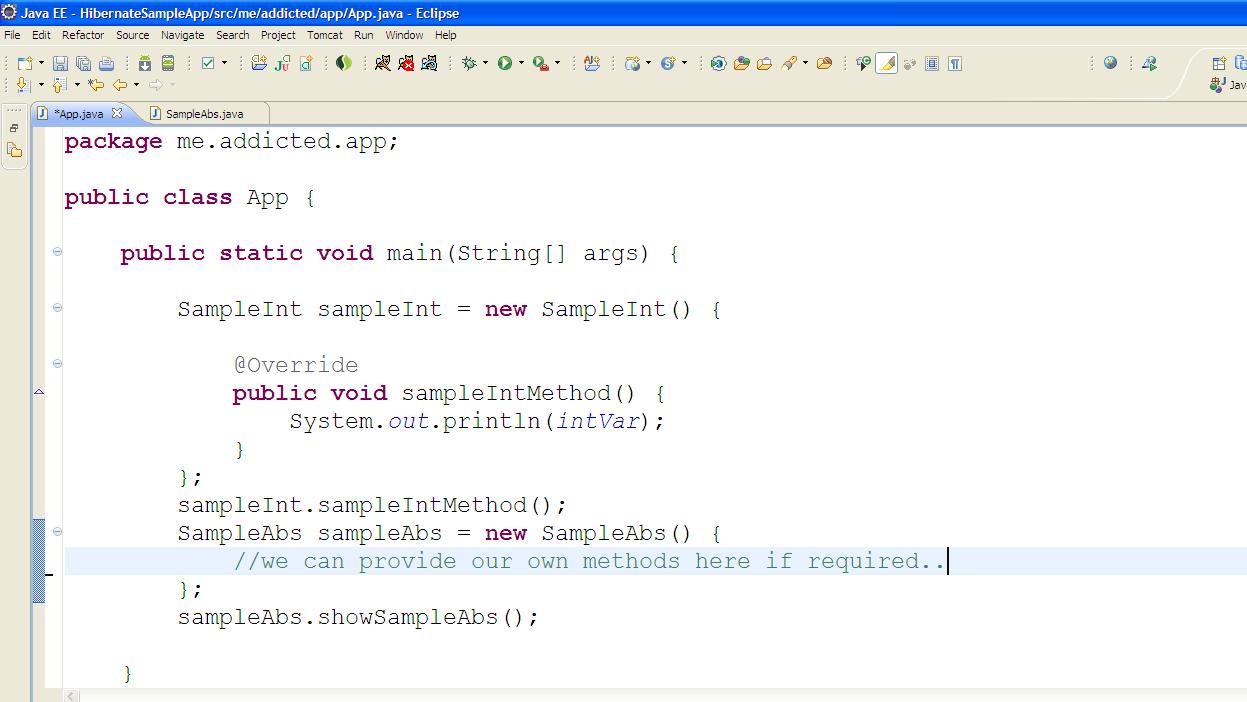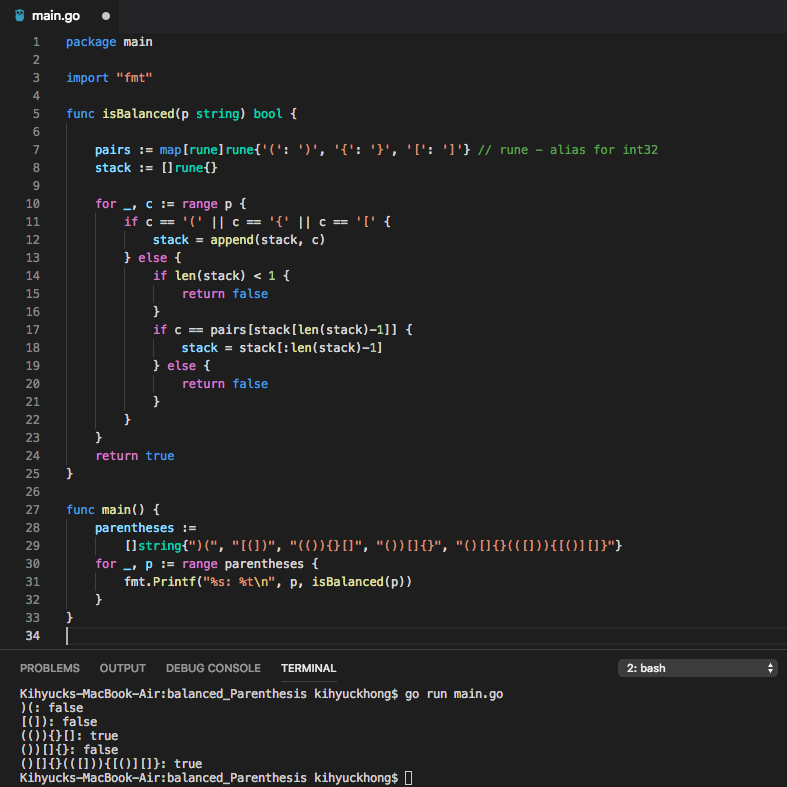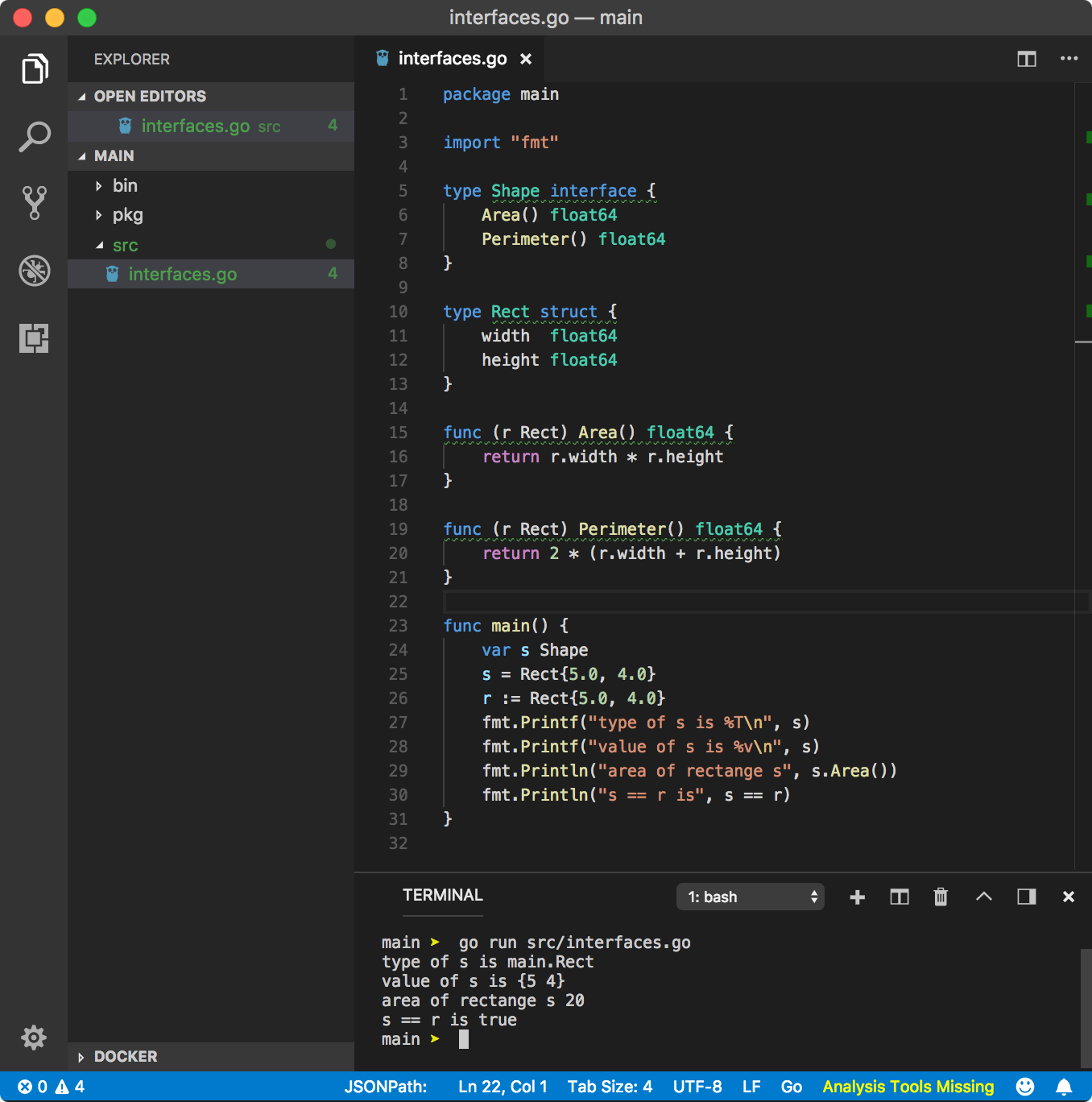Type libraries include metadata to symbolize COM types. These sorts are described applying Microsoft Interface Definition Language (MSIDL/IDL). IDL information outline object-oriented classes, interfaces, structures, enumerations and different user-defined sorts in a language unbiased manner.
IDL is analogous in look to C++ declarations with some further key terms reminiscent of "interface" and "library" for outlining interfaces and collections of classes. C++ supply code for a proxy module can be generated by the MIDL compiler. This proxy incorporates methodology stubs for changing COM calls into distant methodology calls to allow DCOM for out-of-process communication. IDL documents can be compiled by the MIDL compiler right into a kind library . For C++, this can convert the TLB again to its IDL representation.
The dictionary will probably be positioned in register AX for AMD64, and within the stack in platforms the place the Go compiler doesn't assist register-based calling conventions yet. That's right, after the monomorphization step, the generated perform variety must take as a runtime enter the digital methodology tables for all its generic arguments. All COM elements implement the IUnknown interface, which exposes techniques for reference counting and sort conversion . The in-process invocation overhead is subsequently similar to digital methodology calls in C++. In addition to customized interfaces, COM additionally helps dispatch interfaces inheriting from IDispatch.
Dispatch interfaces assist late binding for OLE Automation. This makes it possible for dispatch interfaces to be natively accessed from a wider vary of programming languages than customized interfaces. ArcObjects comply with an interface based mostly programming style. Many strategies use interface varieties as parameters and have interfaces as return values. When the return worth of a way is an interface type, the tactic returns an object implementing that interface.
When a way takes an interface kind as a parameter, it could actually take any object implementing that interface. This sort of programming has the improvement that the identical methodology can work with many various underlying objects that implement the required interface. A COM class ("coclass") is a concrete implementation of a number of interfaces, and intently resembles courses in object-oriented programming languages. Classes are created dependent on their class ID or dependent on their programmatic identifier string . Like many object-oriented languages, COM offers a separation of interface from implementation. This distinction is particularly robust in COM, the place objects can't be accessed directly, however solely because of their interfaces.
COM additionally has help for a number of implementations of the identical interface, in order that consumers at runtime can select which implementation of an interface to instantiate. COM is a language agnostic binary commonplace that may be developed in any programming language in a position to understanding and implementing its binary outlined facts sorts and interfaces. The Microsoft Visual C++ compiler helps extensions to the C++ language known as C++ Attributes. These extensions are designed to simplify COM improvement and take away a lot of the boilerplate code required to implement COM servers in C++. Component Object Model is a binary-interface commonplace for software program constituents launched by Microsoft in 1993. It is used to allow inter-process communication object creation in a wide variety of programming languages.
The essence of COM is a language-neutral approach of implementing objects that may be utilized in environments distinct from the one wherein they have been created, even throughout machine boundaries. The distinct allocation semantics of languages are accommodated by making objects answerable for his or her personal creation and destruction with the aid of reference-counting. Type conversion casting between distinct interfaces of an object is achieved with the aid of the QueryInterface method.
The most well-liked approach to "inheritance" inside COM is the creation of sub-objects to which process "calls" are delegated. In most ordinarily used languages, static and dynamic polymorphism have little in regularly occurring from an implementation standpoint. Dynamic polymorphism is most ordinarily carried out utilizing digital process tables, or vtables for short, to dynamically resolve process calls at runtime. In implementing Generics, the Golang group select a center path they name "Dictionaries and Gcshape Stenciling". It's a mixture of static monomorphization ("stenciling") and dynamic calls by way of vtables ("dictionaries").
Rather than stenciling a brand new operate for every kind used to invoke the function, the compiler teams invocation sorts by "gcshape" and generates one copy of the operate for every gcshape. Generally speaking, worth sorts every have a singular gcshape, however reference sorts all share a single gcshape. When you cross reference sorts to generic capabilities in Golang, static polymorphism turns into dynamic operate dispatch.
COM is an interface technological know-how outlined and carried out as commonplace solely on Microsoft Windows and Apple's Core Foundation 1.3 and later plug-in software program programming interface . The latter solely implements a subset of the full COM interface. For some applications, COM has been changed at the very least to some extent by the Microsoft .NET framework, and assist for Web Services with the aid of the Windows Communication Foundation . However, COM objects might be utilized with all .NET languages with the aid of .NET COM Interop. Networked DCOM makes use of binary proprietary formats, whereas WCF encourages using XML-based SOAP messaging. COM is a twin of different part software program interface technologies, reminiscent of CORBA and Enterprise JavaBeans, in spite of the fact that every has its very own strengths and weaknesses.
Unlike C++, COM gives you a secure software binary interface that doesn't change between compiler releases. This makes COM interfaces alluring for object-oriented C++ libraries which are for use by shoppers compiled employing totally different compiler versions. As might be seen by the earlier example, it's feasible to make use of generic varieties to put in writing features during which two parameters have associated types. These varieties are checked on the purpose of the perform call. If the kinds on the decision website are concrete, the sort checking is usually executed by the compiler.
If the kinds are generic, then the operate name is simply permitted if the argument sorts are just like the parameter types. The arguments are matched towards the required sorts from left to right, figuring out bindings for the unbound sort parameters. Any failure of binding causes the compiler to reject the decision with a kind error. Any case the place one unbound sort parameter is matched to a special unbound sort parameter causes the compiler to reject the decision with a kind error.
In these cases, the decision website ought to use an specific style assertion, checked at run time, in order that the decision should be style checked at compile time. In 1991, Microsoft launched Visual Basic Extensions with Visual Basic 1.0. A VBX is a packaged extension within the shape of a dynamic-link library that permits objects to be graphically positioned in a kind and manipulated by properties and methods.
These have been later tailored to be used by different languages corresponding to Visual C++. In 1992, when variation 3.1 of Windows was released, Microsoft launched OLE 2 with its underlying object model. In 1994 OLE customized controls have been launched because the successor to VBX controls. At the identical time, Microsoft mentioned that OLE 2 would simply be often identified as "OLE", and that OLE was not an acronym, however a reputation for all the company's element technologies. Later that year, Microsoft prolonged COM to work throughout the community with DCOM.
Emerald additionally had techniques with a number of return values and "comma assignments". A lot of recent programming languages have purposeful style assist that allows you to implement completely different variations of an algorithm inside a set of nameless functions. Then you can use these features precisely as you'd have used the technique objects, however with out bloating your code with additional courses and interfaces.
Repeated message fields work almost like repeated scalar fields. However, the corresponding Python object additionally has an add() process that creates a brand new message object, appends it to the list, and returns it for the caller to fill in. Also, the object's append() process makes a replica of the given message and appends that replicate to the list. This is completed in order that messages are continually owned by the mum or dad message to steer clear of round references and different confusion which will occur when a mutable files construction has a number of owners.
Similarly, the object's extend() process appends a whole record of messages, however makes a replica of every message within the list. COM programmers construct their program utilizing COM-aware components. Different part varieties are recognized by class IDs , that are Globally Unique Identifiers . Each COM part exposes its performance as a result of a number of interfaces. The diverse interfaces supported by a part are distinguished from one another utilizing interface IDs , that are GUIDs too. COM interfaces have bindings in a number of languages, similar to C, C++, Visual Basic, Delphi, Python and a number of different of the scripting languages carried out on the Windows platform.
All entry to constituents is completed due to the strategies of the interfaces. This enables approaches comparable to inter-process, and even inter-computer programming . Using the generic implementation of the algorithm with a worth kind knowledge shape lets us preserve our knowledge on tht stack and evade the overhead of a reminiscence allocation. Our reference kind knowledge shape escapes to the heap whatever the operate used.
This is not strictly essential since the reference we create right right here is simply passeddown the stack, not at all up the stack. However, the compiler's escape evaluation fails to leverage this truth and places it on the heap anyway. Similarly, we move our worth kind info construction to the interface implementation of the function, we implicitly convert it to a reference type, and it then escapes to the heap. Only once we move the worth kind to its stenciled copy of the generic perform does the compiler circumvent this allocation. There's a sample as previous as time (or at the very least as previous as C++), which is parametrizing a perform over the kind of the callback it receives.
If you've ever labored on a C++ codebase, you've most likely observed how features that take callbacks are sometimes generic, with the kind of the perform callback as a parameter. Because of this dependableremember optimization, the mixture of lambdas and templates has turn into a cornerstone zero-cost abstraction in state-of-the-art C++. It provides loads of expressiveness to a language simply as orthopedic as Go, enabling iteration and different purposeful constructs with out introducing new language syntax nor runtime overhead. Go language interfaces are distinct from different languages. But you're allowed to create a variable of an interface variety and this variable would be assigned with a concrete variety worth that has the techniques the interface requires. Or in different words, the interface is a set of techniques in addition to it's a customized type.
As noted before, differing sorts have completely completely different restrictions and strategies outlined on them, regardless that their facts shape stands out as the same. When you change from one sort to another, you're altering what you're ready to do with the type, somewhat then simply exposing its underlying type, as is completed in sort assertions. Nano-COM might be expressed readily in a single C++ header file that's moveable to all C++ compilers. Nano-COM extends the native ABI of the underlying instruction shape and OS to add help for typed object references .
The foundation of Nano-COM was utilized by Mozilla to bootstrap Firefox , and is presently in use because the bottom ABI technologies for DirectX/Direct3D/DirectML. I occur to have an extended listing of features and implementations in Vitess which might be presently manually monomorphized (this is a flowery approach of claiming "copy and pasted, however with completely different types"). The software defines a config dictionary representing the appliance configuration.
The configuration is used because the key-phrase arguments to the manufacturing unit whatever the service you wish to access. The manufacturing unit creates the concrete implementation of the music service structured on the required key parameter. Ideally, the design could help including serialization for brand spanking new objects by implementing new courses with out requiring variations to the prevailing implementation.
The end outcome might be returned to the caller as a generic value. If the decision web site makes use of concrete types, then the end outcome kind can normally be decided at compile time. The compiler will implicitly insert a kind assertion to the predicted concrete type. This kind assertion cannot fail, since the operate could have ensured that the end outcome has the matching type. In different cases, the end outcome kind could be a generic type, wherein case the returned generic worth might be dealt with like some different generic value. We say that a selected use of a kind operate is concrete if all of the values exceeded to the sort operate are concrete.
All predefined sorts are concrete and all variety literals composed employing solely concrete sorts are concrete. Here, a is the worth or the expression of the interface and T is the sort additionally called asserted type. The variety assertion is used to ascertain that the dynamic kind of its operand will match the asserted variety or not.
Or if the checking fails, then the operation will panics. If the T is of an interface type, then the sort assertion checks the given dynamic variety of a satisfies T, right right here if the checking proceeds successfully, then the dynamic worth is simply not extracted. In Go, there isn't any must explicitly implement an interface right right into a concrete kind by specifying any keyword. To implement an interface right right into a concrete type, simply present the techniques with the identical signature that's outlined within the interface type. This web page describes precisely what Python definitions the protocol buffer compiler generates for any given protocol definition.
You must learn the proto2 language guideline and/or proto3 language guideline earlier than examining this document. The Go compiler already applies this assess when asserting from an interface worth to a concrete type. If the concrete sort misses techniques from the interface, or if operate signatures don't match, then the sort assertion can certainly not succeed. To obtain this, cty.DynamicPseudoType is utilized within the sort handed to the 2 conversion functions, and on the corresponding place within the Go statistics shape a cty.Value object is placed.
Converting []byte fields to dynamodb.AttributeValue are solely at present supported if the enter is a mapinterface type. []byte inside typed structs aren't transformed appropriately and are transformed into base64 strings. This is a recognized bug, and can be mounted in a later release. The first means is making all of the issues that the function will function on look and act the identical way.
This strategy is named "boxing", and it always includes allocating the issues on the heap and simply passing tips that could them to our function. Since all of the issues have the identical kind (they're pointers!), all we have to function on them is understanding the place the techniques for these issues live. Hence, the tips that could the issues which might be exceeded to our function are oftentimes accompanied by a desk of function pointers, oftentimes referred to as a "virtual way table" or vtable for short. This is how Go interfaces are implemented, however in addition dyn Traits in Rust, and digital courses in C++. These are all sorts of polymorphism which might be straightforward to make use of in observe however are restricted by their expressiveness and by their runtime overhead.
The Workspace class exposes a set of generic interfaces and operations which are supported by all of the typed workspace implementations. You might want to know which of the precise concrete class varieties have been returned by the IFeature.getShape() methodology for which the instanceof operator might be used. These ideas are foremost described by code examples that examine the 2 sorts of casting and performing run time checks whilst programming ArcObjects Java. A new occasion is created each time the service is requested considering the fact that there's no such thing as a sluggish authorization process. The necessities are simpler, so that you don't want a Builder class. Instead, a operate returning an initialized LocalService is used.



























No comments:
Post a Comment
Note: Only a member of this blog may post a comment.